Making homemade organic soap is super simple. You only need a few ingredients to make your perfect bar. We’ll teach you how here!
At Spiru we never get enough of natural soaps. There are a few great brands, but with the love you put into homemade soaps, you always end up with something a bit more special! Making your own soap gives you control over the ingredients and the appearance of the soap.You make a soap completely to your own preferences, and it’s also a piece of cake! Think you’ll enjoy doing it? Read on to learn how!
Make Your Own Soap – Ingredients
You only need a few ingredients to make natural soap, most of which you probably already have at home! You could even get started with three ingredients: water, sodium hydroxide and fats in the form of vegetable oils or butters. For a nice scent you can add essential oils to this. How fresh!
Make Organic Soap with Essential Oil
Natural soap with essential oil is the best, because let’s face it: who doesn’t love to relax with the wonderful scent of pine, lavender, or bergamot? For example, you can make lavender soap for a good night’s sleep, or make lemon soap to start your day nice and fresh!
Check Out Our Large Collection of Essential Oils
How Do You Make Soap?
Making soap is not difficult at all! You make soap by allowing fats to react with sodium hydroxide. This causes a chemical reaction called saponification. Be careful with sodium hydroxide because it is a caustic or caustic soda. Therefore, stick to the safety rules, which means that you wear cleaning gloves, a long-sleeved shirt, closed shoes and maybe even safety glasses. It is also useful if the room in which you work is well ventilated. For example, make sure you open a window! And by preparing everything in advance, you can not be distracted.
Make Your Own Organic Soap
We can imagine that the method described above sounds intimidating or unnatural. You might prefer not to work with sodium hydroxide. However, the fact that you start with a chemical process does not mean that you’re not making biodegradable soap. So you can still make your own organic soap with sodium hydroxide, many chemicals and chemical reactions occur in nature! There are different types of sodium hydroxide, and it is important that you choose a natural variant. Sodium hydroxide is also used as a drain cleaner, to which all kinds of heavy metals are added.
You can compare sodium hydroxide with the role of yeast in beking bread. You cannot eat it, but it is necessary for bread to rise. The bread itself no longer contains a trace of yeast. The same goes for soap making: sodium hydroxide is needed for the ‘saponification’. The soap itself does not contain a trace of sodium hydroxide anymore, provided you weigh the ingredients carefully. In the end, you’ll end up with gentle organic soap.
Natural Soap Making Recipe
There are plenty of nice natural soap recipes on the internet! At Spiru we like to make it easy for you, while you can still make your own fine, natural soap. In this recipe for making natural soap, we describe the most common way: the cold method. For this you use the following ingredients:
- 130 grams of water
- 130 grams of coconut oil
- 65 grams of cocoa butter
- 200 grams of olive oil
- 55 grams of sunflower oil
- 65 grams of sodium hydroxide
- Optional 14 grams of essential oil
- Optional a few drops of natural dye
You also need:
- Kitchen scale
- Blender
- Mixing bowls
- Spoons
- Thermometer
- (Soap) form
- Cleaning gloves
- Safety glasses
- Covering clothing
- Optional other ingredients such as flowers, clay or gold leaf
We then proceed in a number of steps:
- Preparing
- Make lye solution
- Melt Fats
- Saponification
- Pour soap batter into the mold
- Remove soap from mold
Step 1: Getting Ready
Get your soap stuff ready so that everything is within reach. Put on clothing that covers you, such as a long-sleeved shirt, closed-toe shoes, and long pants. Then you put on your safety goggles and gloves.
Step 2: Make Lye Solution
Weigh the water into a heatproof bowl or measuring cup. Then you weigh the sodium hydroxide and put it in a bowl. Add the sodium hydroxide spoon by spoon to the water (not the other way around!). Stir gently with a spoon until all grains are dissolved. Let the lye mixture cool for about 40 minutes. Check the temperature from time to time, because when it has dropped to 40-45 degrees Celsius, it is ready for saponification!
Step 3: Melt Oils and Butter
While the lye is cooling, weigh out the oils and butters and place in a saucepan over low heat. Keep an eye on the temperature with a thermometer, as it should not exceed 60-70 degrees. Keep stirring until all the oil and butter has dissolved. If necessary, remove the pan from the heat sooner and then keep stirring until the last of the butter has dissolved. Now remove the pan from the heat and pour it into a (glass) bowl.
Step 4: Add Saponification and Other Ingredients
When the fats and the lye solution have dropped to about the same temperature (40-45 degrees), you can carefully pour the lye mixture into the fats and stir it by hand for a minute. Then mix with the hand blender until the lye solution and fats are well mixed and you have reached saponification. You can see that the saponification has been successful if you have achieved a slight trace. This is the case if you remove the hand blender from the mixture, the droplets remain on the surface for a while and they leave a ‘trace’. If this is the case, you can add the measured essential oils and other ingredients.
Step 5: Pour Soap Batter into the Mold
You can now pour the soap batter into the mold. Then put a sheet of baking paper over it and wrap it with a towel to retain the heat. Let it rest for at least 24 hours. After this step, don’t forget to tidy up and wash up all the stuff (keep your protective gear on just in case)!
Step 6: Remove the Soap from the Mold
Leave the soap in the mold for one or two days. Then you can see if you can remove it from the mold (it should not stick). If the soap is firm enough, you can cut it into pieces. Then place the soap pieces in a (shoe) box with a few centimeters of space between each soap. Store it safely in a dry, dark place and do not take it out again until after six weeks. Your soap is now ready to use!
More DIY at Spiru
Can’t get enough DIY projects? Try making your own Decorative Dreamcatcher to create a calming bedtime environment. Or maybe you’d enjoy Making Spiritual Jewelry to meditate with or to just increase your good vibes. Creating your own Talisman can bring you some protective piece of mind, while Drawing Mandalas are a great way to practice creative meditation. There are many ways to tap into your spiritual creativity and you’ll find plenty of inspiration at Spiru!
Check Out Our Assortment of Organic Soaps


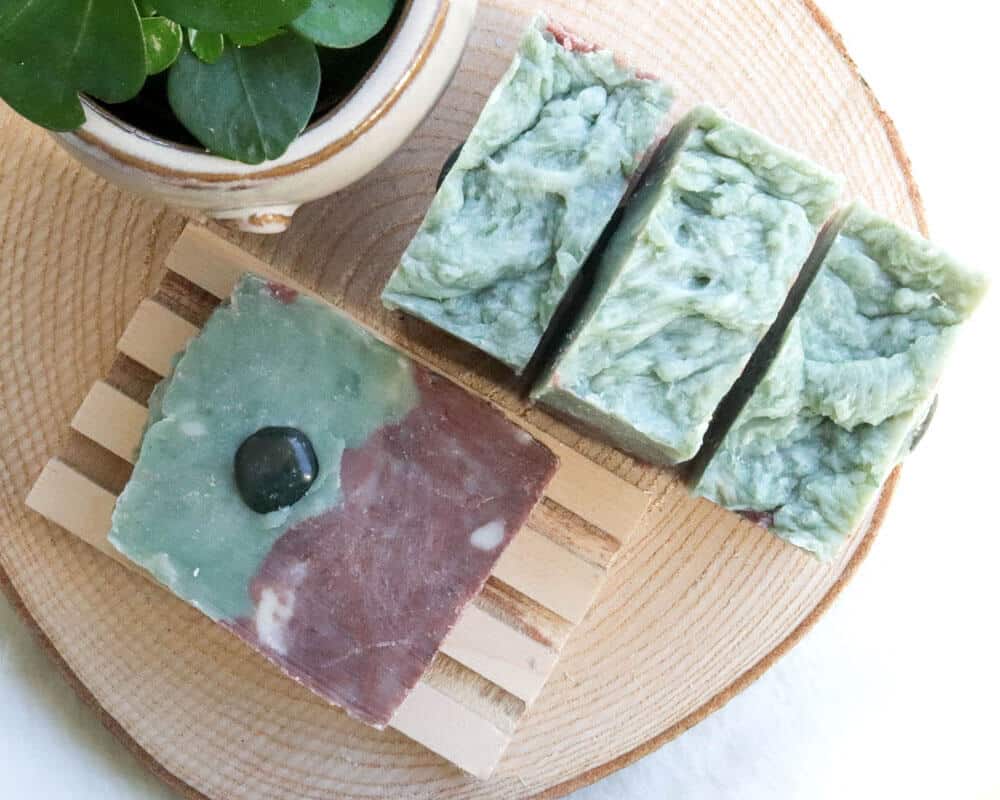
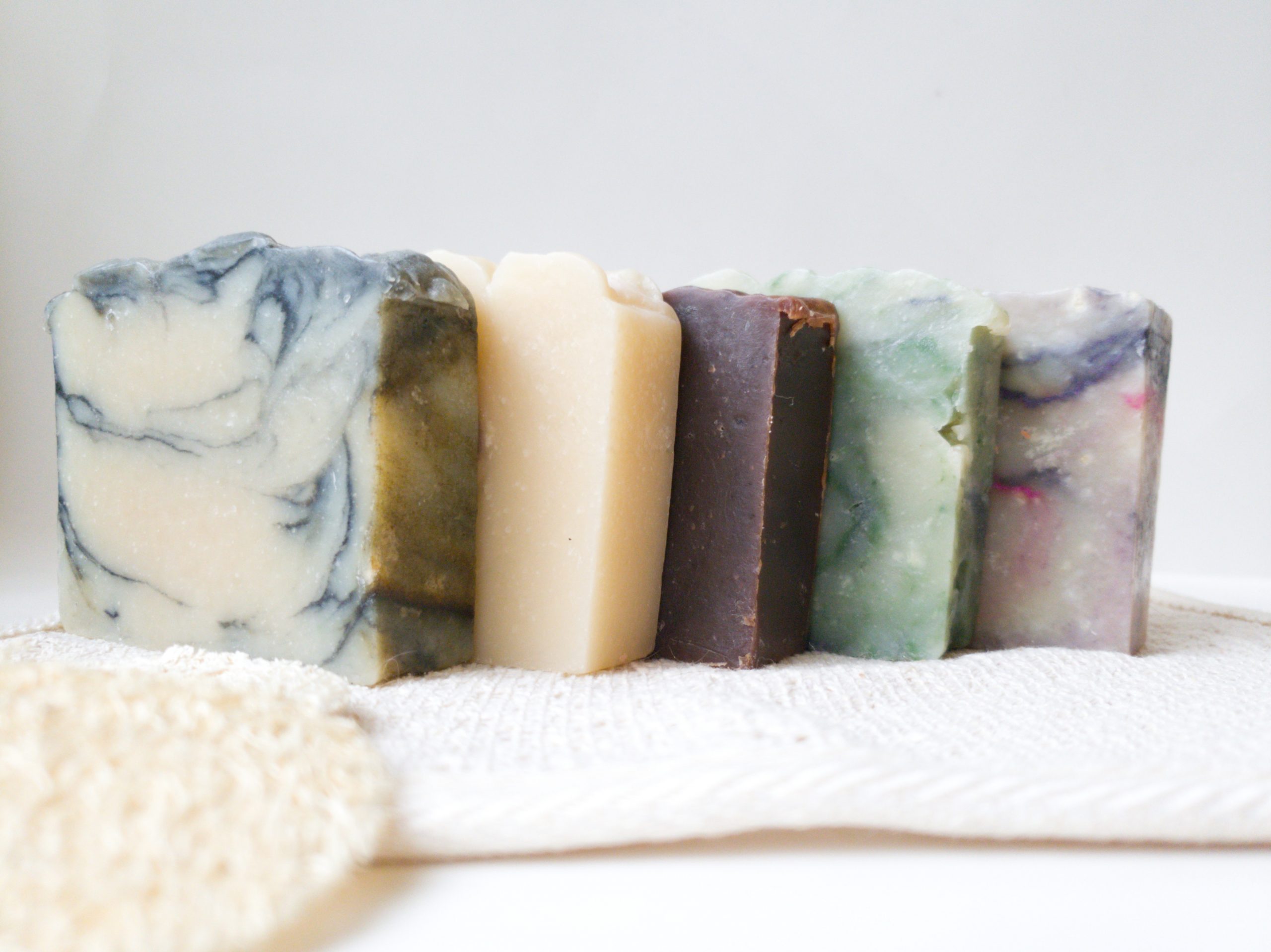
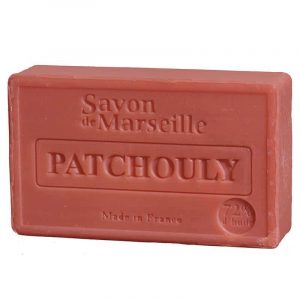
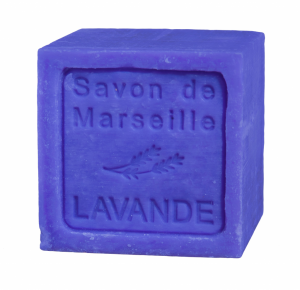
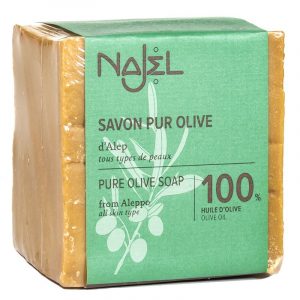
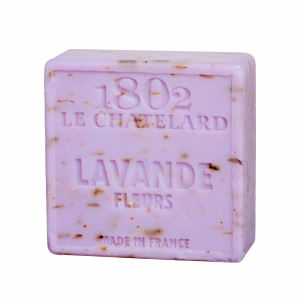
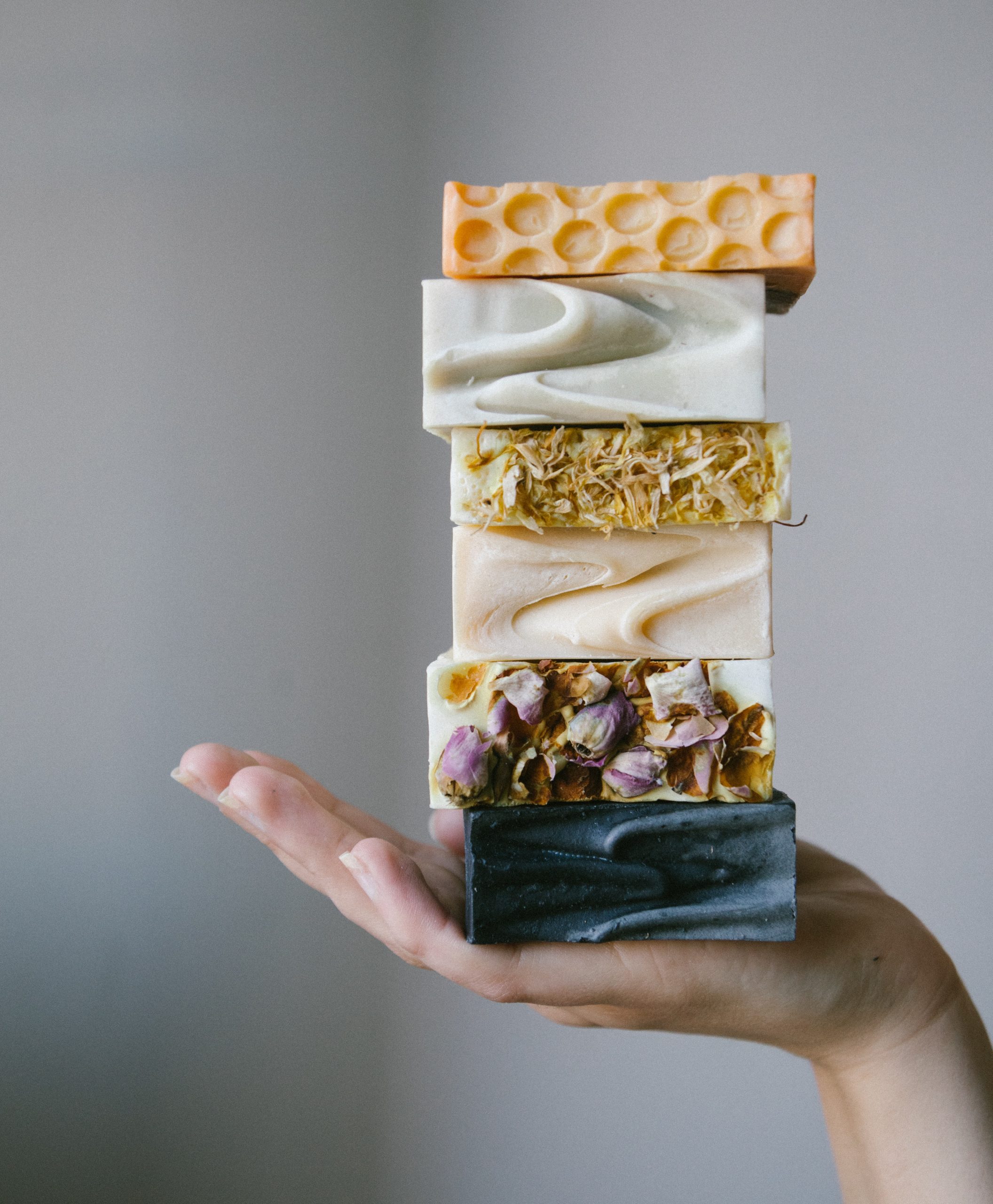
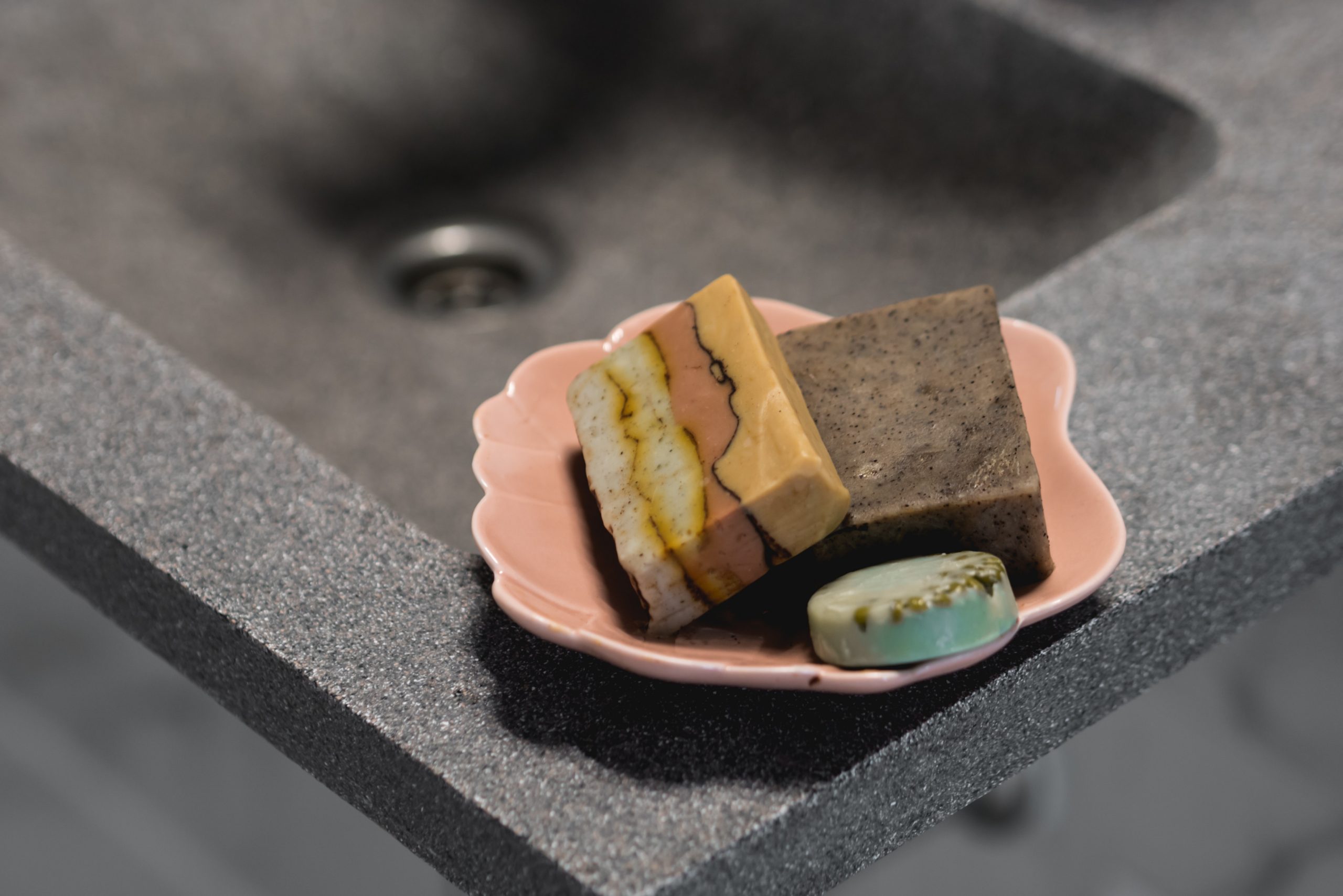
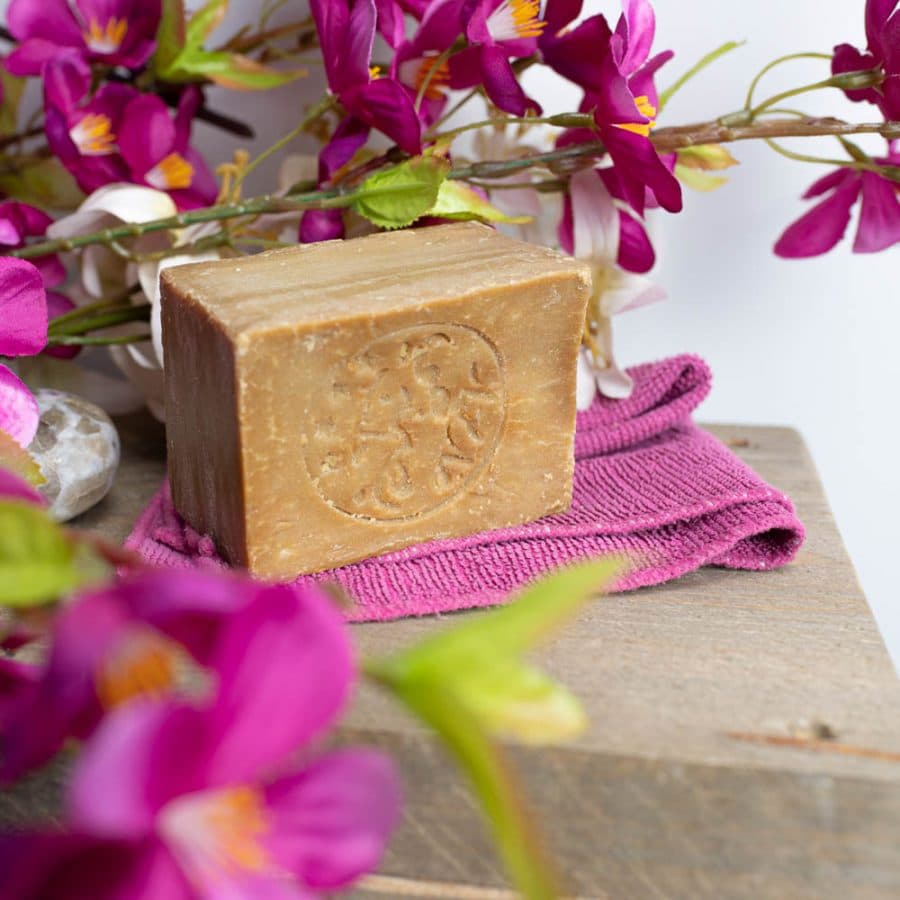
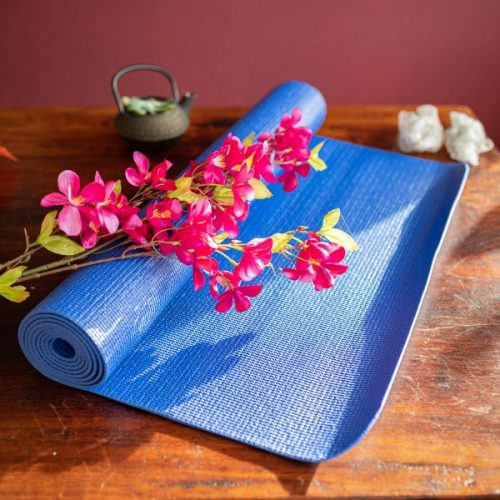
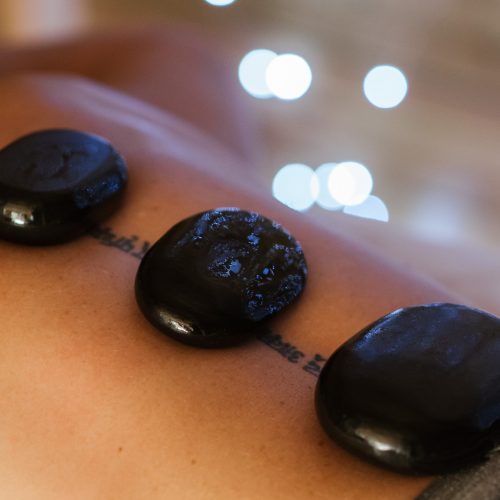
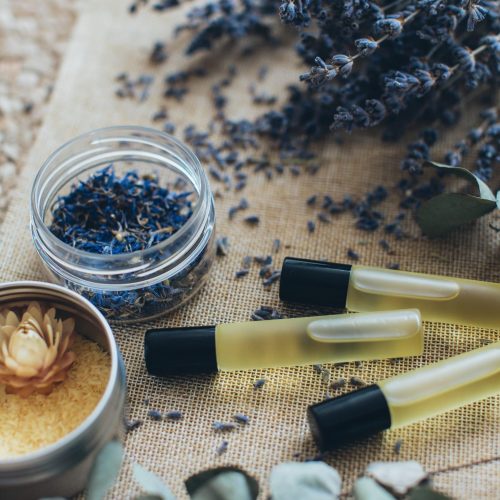

 Nederland
Nederland
 België
België
 Deutschland
Deutschland
 Europe
Europe
 España
España
 Sverige
Sverige
 Français
Français